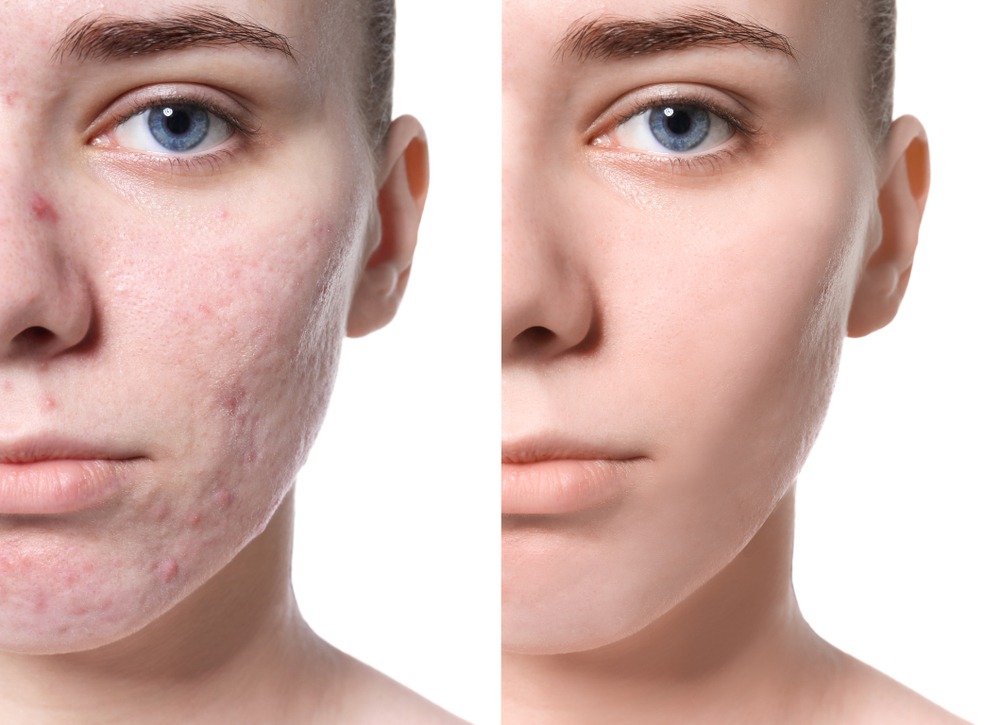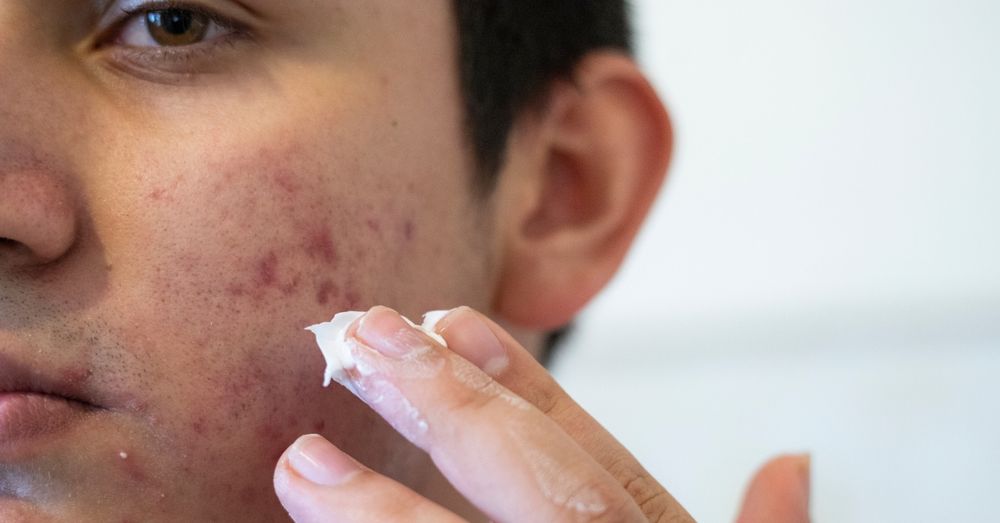Ideal Acne and Acne Scars Treatment: Recover Your Skin's Natural Beauty
Comprehending the Different Skin Problems and Effective Therapy Choices for Acne Marks
Acne marks stand for an intricate interaction of skin problem that dramatically effect people' self-confidence and total skin wellness. Comprehending the unique kinds of acne marks-- hypertrophic and atrophic-- together with their underlying reasons, is critical for identifying efficient treatment techniques. Different restorative options exist, varying from innovative skin-related procedures to natural remedies. However, the efficacy of these treatments typically hinges on customized analyses by certified professionals. As we discover the landscape of acne scar monitoring, it ends up being evident that the trip toward clearer skin may involve more than simply topical services.
Types of Acne Scars
Acne marks can manifest in different forms, each calling for certain treatment approaches. Both primary classifications of acne scars are hypertrophic and atrophic scars. Atrophic marks are identified by a loss of tissue, leading to clinically depressed locations on the skin. These marks are more identified into 3 subtypes: ice choice marks, which are narrow and deep; boxcar scars, which are bigger and have distinct edges; and rolling scars, which create a wave-like look as a result of unequal skin structure.
On the other hand, hypertrophic marks arise from an overflow of collagen during the healing procedure, bring about elevated areas on the skin. These marks are usually solid and can differ in color, sometimes showing up red or darker than the surrounding skin.

Root Causes Of Acne Scarring
Marking happens as a result of the body's natural recovery feedback to swelling and injury caused by acne lesions. When acne forms, it causes an inflammatory feedback, causing the launch of various cytokines and development variables that advertise healing. This process can often lead to extreme tissue formation or inadequate repair, resulting in scars.
The primary reasons for acne scarring consist of the severity of the acne itself, period of the lesions, and private skin types. Extreme inflammatory acne, such as nodules and cysts, is more probable to result in scarring because of deeper tissue damage. Furthermore, improper handling of acne sores, such as pressing or selecting, can worsen tissue injury and swelling, increasing the possibility of scarring.
Hereditary predisposition also plays a significant function; individuals with a family history of scarring are at a greater risk. Skin type and shade can affect mark development, as darker skin tones may experience post-inflammatory hyperpigmentation, while lighter skin might establish atrophic marks.

Therapy Alternatives for Scarring
Effective therapy options for acne scarring vary depending upon the type and severity of the scars. Usually categorized into atrophic, hypertrophic, and keloid scars, these problems call for tailored strategies for optimum outcomes.
For atrophic scars, which are defined by a loss of tissue, treatments such as chemical peels, microdermabrasion, and laser therapy are generally utilized. These methods promote skin renewal and promote collagen manufacturing, thus boosting skin appearance. Subcision, a minimally intrusive procedure, can also work site here by separating fibrous bands underneath the skin.
Hypertrophic and keloid scars can be much more challenging to treat. Options include corticosteroid injections to lower swelling and flatten the marks. skin rejuvenation treatments. Sometimes, cryotherapy or laser treatment might be suggested to decrease their look
Surgical alternatives are available for serious scarring, where excision or skin grafting may be required. It's important for individuals to talk to a skin doctor to analyze their particular mark type and review the most ideal treatment strategy. Incorporating several therapies frequently produces the most effective results, ensuring that each person's unique skin problem is attended to successfully.
Natural Home Remedy and Natural Solutions
All-natural solutions and natural home remedy can give an easily accessible strategy for individuals seeking to improve the look of acne scars. Various active ingredients found in the home kitchen have shown prospective advantages in enhancing skin next page texture and promoting healing.
One popular treatment is aloe vera, known for its anti-inflammatory and calming homes. Applying fresh aloe vera gel straight onto the scars can aid enhance skin hydration and reduce inflammation. Likewise, honey has natural anti-bacterial and moisturizing high qualities that can assist in mark recovery. It can be made use of as a mask, left on for 30 mins before rinsing off.
Another efficient alternative is lemon juice, which works as a natural exfoliant and can lighten hyperpigmentation. However, it ought to be made use of cautiously, as it may trigger photosensitivity. Oatmeal masks are also beneficial; their mild peeling can assist get rid of dead skin cells while calming irritation.
Vital oils, such as tea tree oil and lavender oil, can additionally support mark recovery due to their antimicrobial properties. It is important to carry out a spot test before applying any remedy to make sure there are no adverse responses. These natural solutions can be a complementary technique in the trip to lessen acne scars.
Protecting Against Future Scarring
Taking on an aggressive method to skin care can considerably decrease the danger of creating future acne marks. Normal cleaning, peeling, and hydration can aid maintain skin wellness and avoid clogged up pores.
Furthermore, staying clear of the temptation to select or press acne lesions is crucial, as this can result in inflammation and succeeding scarring. Instead, individuals must concentrate on applying topical therapies that advertise healing and reduce inflammation. Components such as salicylic acid, benzoyl peroxide, and retinoids are understood for their effectiveness in handling acne and decreasing scars.

Finally, keeping a healthy and balanced diet regimen rich in anti-oxidants and staying hydrated assistances skin regrowth. By executing these safety nets, individuals can significantly lower their risk of future scarring and advertise overall skin health and wellness.
Final Thought
To conclude, a thorough understanding of acne marks, incorporating both hypertrophic and atrophic types, is important for efficient treatment strategies. Customized treatments, consisting of expert therapies and home solutions, can dramatically boost skin look and appearance. Preventive procedures also play a crucial function in reducing future scarring. Assessment with a dermatologist stays important to create customized approaches that take into consideration individual skin kinds and mark severity, ultimately enhancing the effectiveness of mark monitoring strategies.
Acne scars represent a complex interplay of skin problems that significantly impact individuals' self-worth and general skin wellness. The 2 primary classifications of acne marks are atrophic and hypertrophic marks. These marks are more identified right into three subtypes: ice pick scars, which are deep and narrow; boxcar scars, which are larger and have well-defined sides; and rolling marks, which create a wave-like look due to irregular skin texture.
A comprehensive assessment with a dermatologist can help establish the most ideal intervention, taking right into account the person's skin kind, scar intensity, and general skin health.
Assessment with a skin doctor remains vital to design personalized techniques that take into consideration private skin types and mark extent, ultimately improving the efficiency of mark monitoring methods.